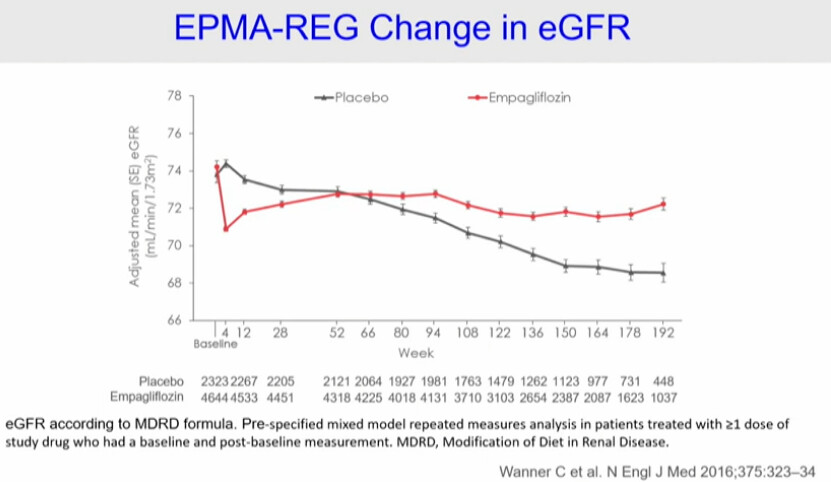As the yt video I posted above explains: without any SGLT1/2 inhibitors, in a person with normal glucose control, the SGLT2 transporter is responsible for 80-90% of glucose reabsorption, while the SGLT1 transporter for the remaining 10-20%. If you now however implement an inhibitor of SGLT2, you don’t get 80-90% glucose excretion, because the SGLT1 transporter takes over and increases absorption dramatically, so that instead of excreting 80-90% of glucose, you might excrete as little as 40-60%. In other words, when the SGLT2 is blocked, SGLT1 is revved up in the kidney.
DeFronzo therefore said, that likely if you want to increase glucose excretion you should combine the SGLT2 inhibitor with a SGLT1 inhibitor. However, there is a problem. While you can block almost 100% of the SGLT2 transporter, you can’t do so with the SGLT1 transporter. The reason is that while SGLT2 transporters are substantially found in the kidney, the SGLT1 transporters are prevalent elsewhere, especially in the gut where they facilitate the uptake of glucose from the gut. If you now cut off that completely, you suddenly have no glucose coming in from food. That’s obviously not sustainable. So the trick is inhibiting SGLT2 and only inhibiting SGLT1 partially.
This is where the variability among the flozins enters. This is expressed by how selective the given flozin is - is it mostly SGLT2 with minimal SGLT1 or what the proportions are along a spectrum (of course there are other distinctions, like clearance, how long it is effective within 24 hours etc.).
There are tables that show the selectivity of the various flozins for SGLT2. For example, empagliflozin is more SGLT2 selective than dapagliflozin, while dapagliflozin is more selective than canagliflozin etc.
However, we also have to note differing side effects and risk levels. So it’s more complicated than just selecting the right ratio between SGLT2 and SGLT1 inhibition.
Furthermore these transporters (especially SGLT1) are found across various tissues in the body, so the long term effects of the size and duration of inhibition have to be evaluated.
Still, SGLT2/1i are very exciting drugs and are already good longevity drugs, especially wrt. healthspan.

